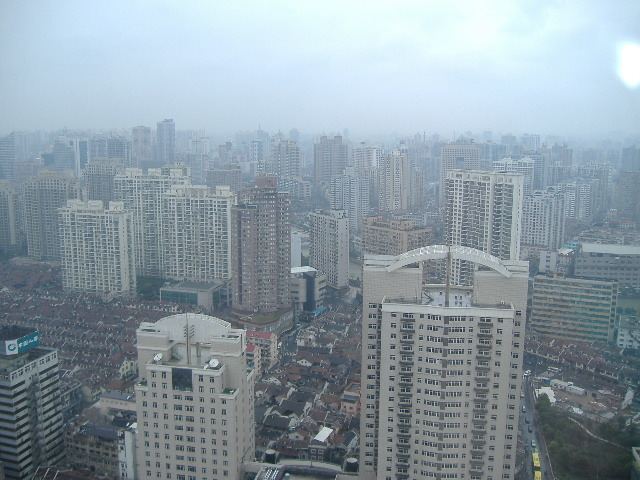 | ||
In recent years, housing development has ballooned in China as its economy has developed. The government has promoted the commercialization of housing in urban areas since 1978. Property development has become big business in China, with new cities and suburbs springing up with new apartments, and house prices have rocketed in recent times.
Contents
Housing construction
The most important objective of the Chinese government is to increase national GDP°′′, and is launching building developments across China to promote economic development. However, property development in China is vastly outgrowing the number of people who can purchase them which sociologists show a major concern over and argue that it is leading to a deepening of social divisions in the country. Many apartments, hotels and shops remain empty for years, with many Chinese unable to afford them. As The Economist says, "If there is one thing that annoys the man on the Beijing omnibus, it is the cost of housing in China's cities."
The Chinese government announced in March 2011 the objective of building 36 million units of housing by 2015. In September 2011 alone, work commenced on 1.2 million units across China; a 70% increase in the construction of social housing compared with 2010.
Property bubble
2011 estimates by property analysts state that there are some 89 million empty properties and apartments in China and that housing development in China is massively oversupplied and overvalued, and is a bubble waiting to burst with serious consequences in the future. The BBC cites Ordos in Inner Mongolia as the largest ghost town in China, full of empty shopping malls and apartment complexes. A large, and largely uninhabited urban real estate development has been constructed 25 km from Dongsheng District in the Kangbashi New Area. Intended to house a million people, it remains largely uninhabited. Intended to have 300,000 residents by 2010, government figures stated it had 28,000.
Critics argue that the national social-housing programme disproportionally benefits the urban population and that not only can many of the rural poor ill afford new housing in the cities, but they also find it difficult to obtain household-registration certificates (hukou). The housing development schemes is also affecting the concentration of unemployment as once housing development are completed, workers may be laid off. According to the former Director of China's Housing & Real Estate Administration Bureau, Professor Lin, as of 2008, Beijing had an average of 1.41 individuals per room across the city.
